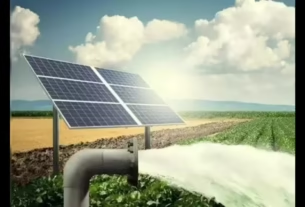In Short : Eligibility for U.S. federal tax credits in the renewables sector is being significantly tightened by a recently announced Treasury rule. Projects could be eligible under the previous rule after only 5% of their costs were invested. According to the new directive, real physical construction—like installing solar panel racks—must start by the middle of 2026. Although this might help distributed, small-scale solar projects, it presents a serious risk to large utility-scale developments, casting doubt on prospects throughout the solar energy supply chain.
Predictions and Reaction of the Market
The updated guideline was included in the “One Big Beautiful Bill” to limit what lawmakers consider to be excessive renewable energy subsidies. Before being eligible for tax credits, initial costs for large-scale solar and wind projects must now reach the stage of tangible infrastructure, such as excavated foundations or panel racks. Compared to earlier thresholds based only on spending levels, this stands in stark contrast.
Strategic Difficulties to Come
Project developers are rushing to expedite construction schedules in order to satisfy qualification requirements, especially those working on utility-scale solar farms. This short window creates uncertainty and could cause solar and brownfield renewable energy deployments to be delayed. On the other hand, rooftop or distributed systems are still eligible under the previous regulation, which helps local installers and might encourage modular, robust clean-energy models.
At the same time, as market confidence varies, producers of solar panels and related infrastructure encounter planning difficulties. Analysts caution that the uncertain future could discourage investment, which would be detrimental to the sentiment surrounding the share price of the solar industry.
The Bottom Line
The delicate balance between market viability and policy support in clean energy is highlighted by this regulatory change. Even though residential solar may keep expanding, larger-scale systems and the transition to renewable resources now face additional challenges, underscoring the significance of immediate action and ongoing investor optimism for the clean-energy transition.



